Google Ads bidding strategies can be overwhelming.
While it’s fast and easy to just trust one of the many built-in bidding models with your valuable advertising spend, we don’t have to blindly trust the black box.
Here we are talking about performance bidding models.
We’re not interested in brand awareness or higher funnel metrics like traffic. We want to spend our money on what works. On what puts money in the bank.
And that’s what we’re going to do in this post. First, we will lift the lid and look at the logic behind automated Google Ads bidding strategies.
Then we will also explain why automated bidding is a good choice, how to do it, and how you can determine the correct Google Ads bids to maintain visibility.
Eager to know more?
Curb your enthusiasm and take the time to click on the image below, it’s your unique chance to attend the webinar Gianluca Binelli (author of this article) created just for you.

Click HERE (or on the image) to save your seat and receive the recording. It’s completely FREE!
Did you click? Ok then, now we can start!
An overview of Google ads Bidding Strategy
Google Ads offers several bidding strategies that are tailored to different objectives.
Some may be great for a specific campaign while others might not work at all.
Here we are going to concentrate on the bidding strategies that are focused on bringing in a measurable return on your investment.
We’re talking about:
- Target CPA (Cost Per Acquisition)
- Target ROAS (Return On Ad Spend)
- Maximize Conversions
- Enhanced Cost Per Click (ECPC)
- Manual CPC Bidding
For now. we won’t look at the reasons for using other bidding models such as:
- Maximize Clicks
- Target impression share
- Target top of page rate
- Target absolute top of page rate
Why You Need a Bidding Model
When we talk about a bidding model we are trying to figure out the relation between the estimated value of a click and its cost.
If the estimated value of a click is higher than the cost of the click we’re going to buy that click, and many more.
In the situation where the click value is actually lower than the cost, we’re going to buy less.
So, the name of the game here is trying to understand how we can formalize and understand the click value.
In this sense, the bidding model is a fancy way of making sure that this function works for our business.
We can translate this logic into a simple formula:
Max CPC bid = Conversion Rate X Target CPA.
This is the principle that underpins Google’s smart bidding systems like “Target CPA bidding”.
Where does this magical formula come from?
- CPA = costs/conversions
- Costs = Click X CPC
- Conversions = Clicks X CR
It’s possible to simplify this to
- CPA = (Clicks / CPC) / (CR x Clicks)
Which gives us:
- CPA = CPC / CR
And therefore:
- CPC (Value per Click) = CPA x CR
How do we set up the right bid and how do we identify the right value?
No HIPPOs in the Room
We need a few things in place. The first is the Granular Structure.
So, imagine AdGroups with proper match types; SKAG (single keyword ad group), Exact match, and BMM (broad match modifiers).
Different searches can have very different levels of value for our business. We need to try and group together searches that will have the same value.
Another reason to group similar searches together is obviously that we want relevant ads and landing pages.
Another thing to remember is that bidding isn’t going to fix a bad quality score. It’s essential that we have complete and correct tracking in place.
Imagine a scenario where we are tracking micro-conversions and calls. What we’re tracking is going to give us the whole picture if done correctly.
If a click is giving us different types of value: a call, a lead form, or an online purchase, we want to be able to link that business value back to that click.
We also want to play in an environment where we have a proper attribution model.
There’s a great quote that says something along the lines of:
A great bidding model cannot fix a lousy structure.”
So you definitely want to make sure that you have these things in place before you start thinking about bidding models.
There’s one more ingredient that I think is needed; no HIPPOs in the room. And, by HIPPO I mean the “Highest Paid Person’s Opinion”.
I think if you are agency-side, or even client-side, there’s always a boss, or a client, or someone that just wants to appear in position number one on all keywords all the time or wants to get into a war with a competitor.
So, definitely, no HIPPOs in the room, if this is the case; change rooms so you can focus on other things, but a bidding model probably wouldn’t be it.
Now that we have all the ingredients in place let’s dive in.
How Much Is a Click Worth?
Sounds easy? Well, it’s not!
We’re going to start making some assumptions.
The first one is that conversion rates don’t vary much with ad position.

Hal Varian, chief economist at Google and Emeritus Professor at the University of California, Berkeley
Now, this is quite controversial in a way, because not everyone agrees with this. But we are buying into this result.
Most likely we have a boss or a client, or someone that we are interacting with, that has a Target CPA in mind.
Starting from that Target CPA, there are very simple formulas that we can use in order to define the potential max value of a click.
In some cases, we have a target ROAS (Return On Ad Spend) and we don’t have a Target CPA.
Imagine if you are in eCommerce. We can pretty much get the same result.
ROAS is revenue divided by costs. We can imagine revenue as the average of the value X clicks X conversion rate. And, costs are clicks X CPC.
Again, we put everything together.
We will have a ROAS that is average order value (AOV) X conversion rate, divided by CPC.
And, if we solve everything by CPC, we see that the max CPC, aka value per clicks, will be average order value X conversion rate / by ROAS.
We can try to simplify a little bit more.
We can consider ROAS as 1 divided by the target margin. So, if you add that into this function, at this point the CPC is equal to the average order value X the margin X conversion rate.
The max value of a click will be equal to the average order value X the margin that the business is making on that average order value X the likelihood that a click will transform into a conversion.
At this point, we just need to figure out how to follow this formula by starting with two metrics, CPA and ROAS.
In order to calculate the value per click, the first ingredient is understanding the value of what we sell.
Which is, in a CPA model, asking what the Target CPA is, and in a ROAS model asking what the target margin X the average order value is.
The Trouble with Estimating Conversion Rates
Getting the first two metrics is easy. The problem is the other ingredient: the conversion rate.
Trying to establish the likelihood that a click will sell a product is a little bit tricky.
Why? It might not be that trivial to define conversion rate for a couple of reasons.
Number one, we need to define the correct conversion windows.
Imagine that if you go in the not-so-new-anymore interface, and you segment by day, you can see that you are probably making a bunch of conversions on the first day.
But then you also have to realize that there might be long-tail keywords or conversions that are staggered in time, and conversions that are happening from the same clicks that you are getting from the first day, but you’re getting the actual conversion after two, three, four days, (or more).
You’ll see that your conversion rate after one, or two, or three days falls in the usual range, 1-3% to 3-4%.
But if you give enough of a conversion window (we’re talking about a marketing heavy, high value, high type of engagement type of product), you will see that conversion rates are massively increasing.
The attribution window is also something that is super important to take into consideration whenever you are measuring your conversion rate.
You need to define at least X clicks in the last Y days to estimate a certain conversion rate for a keyword.
After all, users need quite some time to convert.
How Many Clicks You Need?
It’s not that trivial to define how many clicks you need to have in order to draw a line and say, “Okay, that’s it. This is the conversion rate I’m trusting.”
You need to define at least X clicks in the last Y days to estimate a certain conversion rate for a keyword.
Let’s say you want to ensure that you got at least 1000 clicks for certain keywords, in the last 90 days in order to estimate the conversion rate.
Then, for all the keywords that are meeting this threshold, you’re golden. You can simply use that number to estimate the conversion rate.
Now, the problem would be for keywords that are not meeting this threshold. In this case, you will need to do some guesswork in order to estimate the right conversion rate.
The problem will be that we will need to be guessing with limited data. And, there are a few solutions that we can apply.
Solution number one is extending the time range by looking at a broader timeframe.
This might be a solution to gather more data that will be helpful to meet or exceed the threshold. This is a very rough solution and not solid.
A better solution would be clustering.
You could cluster keywords by semantics, by campaign types, brand, brand on brand, type of generic keyword, et cetera. or intent keywords, word counts, and other variables.
Then you will aggregate keywords that don’t have enough clicks to hopefully reach the threshold through aggregation.
Lastly, you will use that information in order to estimate the conversion rate.
You’re probably thinking, “Okay, we’re really discussing the value per click, but what about all the information that we have in the account; remarketing, on search, demographic bidding, time and device, and location?”
The answer is easy: use bid adjustments.
You will define the core bidding, perhaps at keyword or placement level, with a formula that we defined before, but then, you could apply bid adjustments by device, for example.
How to Automate and Optimize your Google Ads Bidding Strategy (and why you should)
Enough with the theory, now let’s dive in quickly in the implementation.
The implementation is fairly easy, and it’s divided into three steps.
- Data Collection
- Compute Bids
- Upload Bids
So you want to collect the data, define (compute) the bids, and then upload them.
For the data collection, there are a few options. In order to connect a Google spreadsheet to a Google ad, you can use any software like Supermetrics, or you can use the Google Sheets plugin for Google Ads.
No matter what you use, you want to do that for different timeframes, last 7, 30, 60 and 90 days. Then you will populate a spreadsheet with this information.
At this point, you would just compute the bids, by using the formula that we have seen before: bid = CR x tCPA.
If we have a ROAS target rather than a target CPA, we can use our average order value to calculate our target CPA. In this case: bid = (Average Order Value / target ROAS) x CR.
The last step will be uploading. To do this you have a million different scripts that you can use.
How To Adjust Bids At a Large Scale
To update Your Bids from a Google Spreadsheet you can use this free AdWord Script, it’s a fantastic resource for anyone starting with scripts. It’s very simple, just 48 lines.
This script calls the spreadsheet that we just built and will apply the bid that you decided above. It’s a very, very effective script because the computation log time is quite short so you rarely get a timeout.
To summarize, how do we build this?
You define the target CPA, and the target ROAS, that’s the first point of the checklist.
Then you define the minimum threshold of clicks that are acceptable for you. At this point, you will be able to start collecting data into a spreadsheet.
In the spreadsheet, you can compute the bid with the formula that we said above. So, for keywords above the threshold, you’re good to go, and you can directly measure the value per clicks.
For keywords that are below the threshold, you can aggregate them, and then you can measure the value per click. You can aggregate them by expanding the different timeframes, or by using a clustering technique.
Once you have that, you’ll simply have the last script to run in order to upload the bid, and that’s it.
In 15 minutes, you’ve built up your automated bidding model.
Wrapping It Up:
Here’s a final Checklist
- Define Target CPA and Target ROAS
- Define minimum thresholds
- Collect Data
- Compute Bids
- For Keywords above threshold measure Value per Click
- For keywords below threshold aggregate them then measure Value per Click
- Upload your Bids
There’s one more point to the list, the webinar Gianluca Binelli (author of this article) created just for you.

Click HERE (or on the image) to save your seat and receive the recording. It’s completely FREE!
Attending this AdEspresso masterclass is your secret weapon, the one that can make the difference between you and your competitors. Leaving them behind, of course.
All you need is click!
Gianluca Binelli is the founder of Booster Box, a performance agency specialized in scientific marketing. In 2019, he was voted 2nd Most Influential PPC Experts by PPC Hero. He worked 6 years at Google as a Product Specialist and online marketing manager for Google’s products in EMEA. He also served as Capital G’s Advisor, helping startups with their online marketing in Google’s own late stage investment fund. He is a regular speaker at international PPC conferences and teaches digital marketing at the University of Pisa (Italy). You can get in touch with Gianluca on Linkedin, Twitter, or visit Booster Box website.
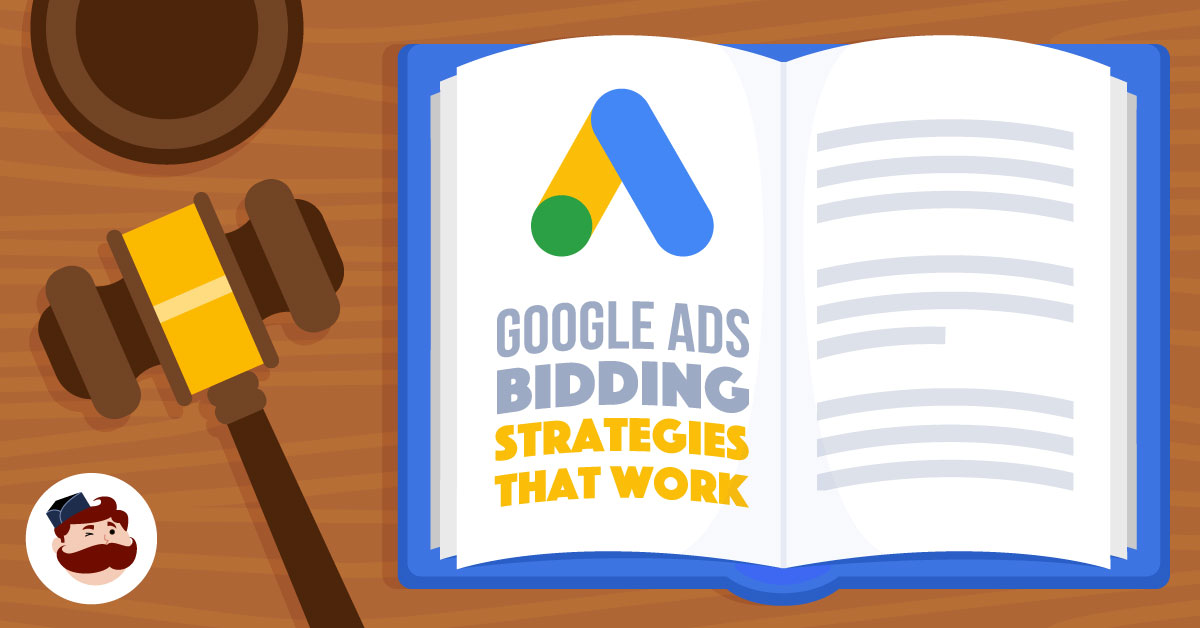
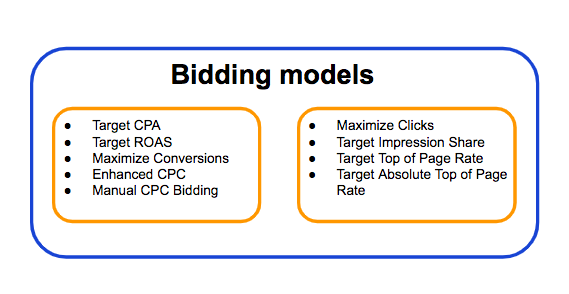
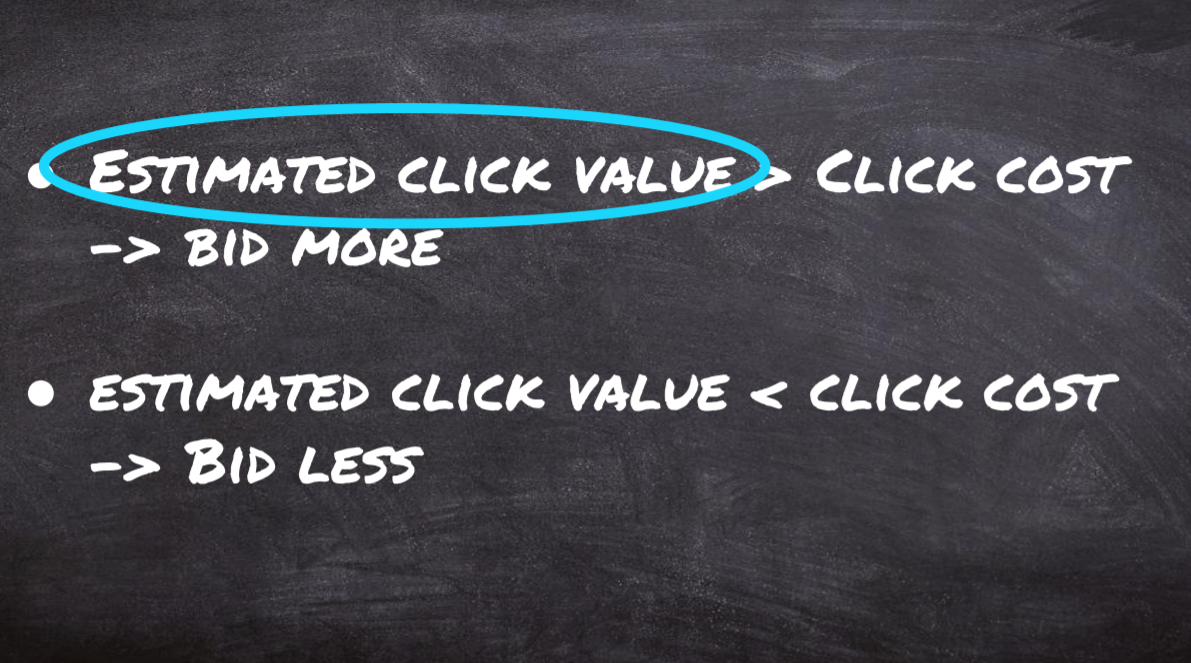
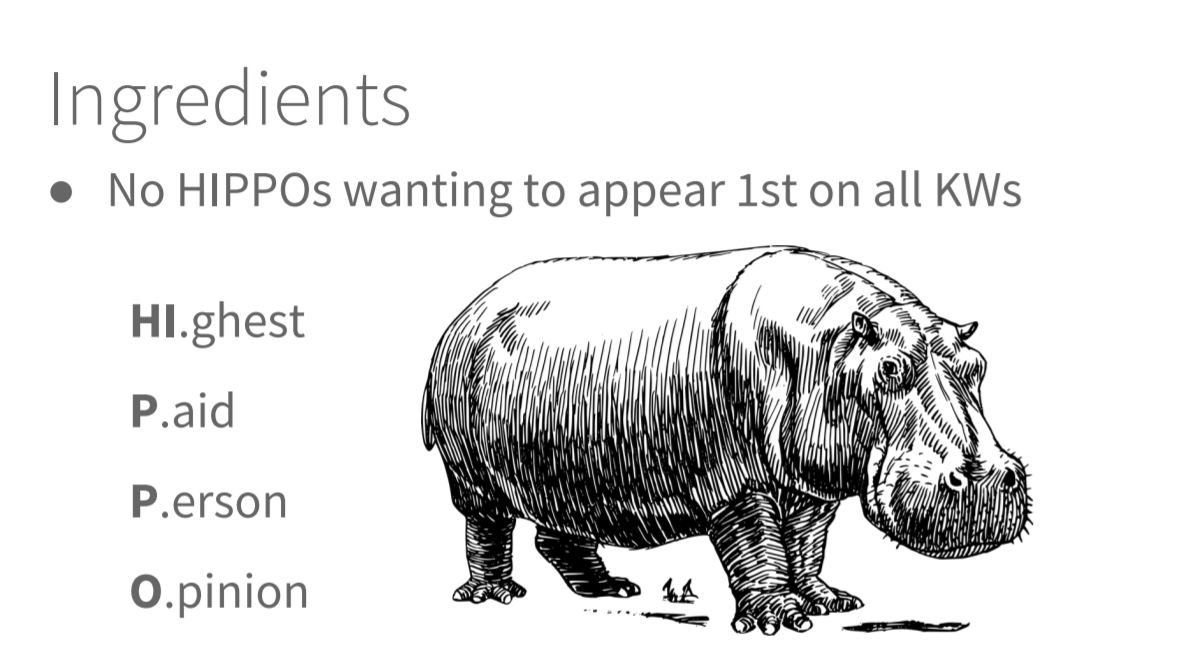
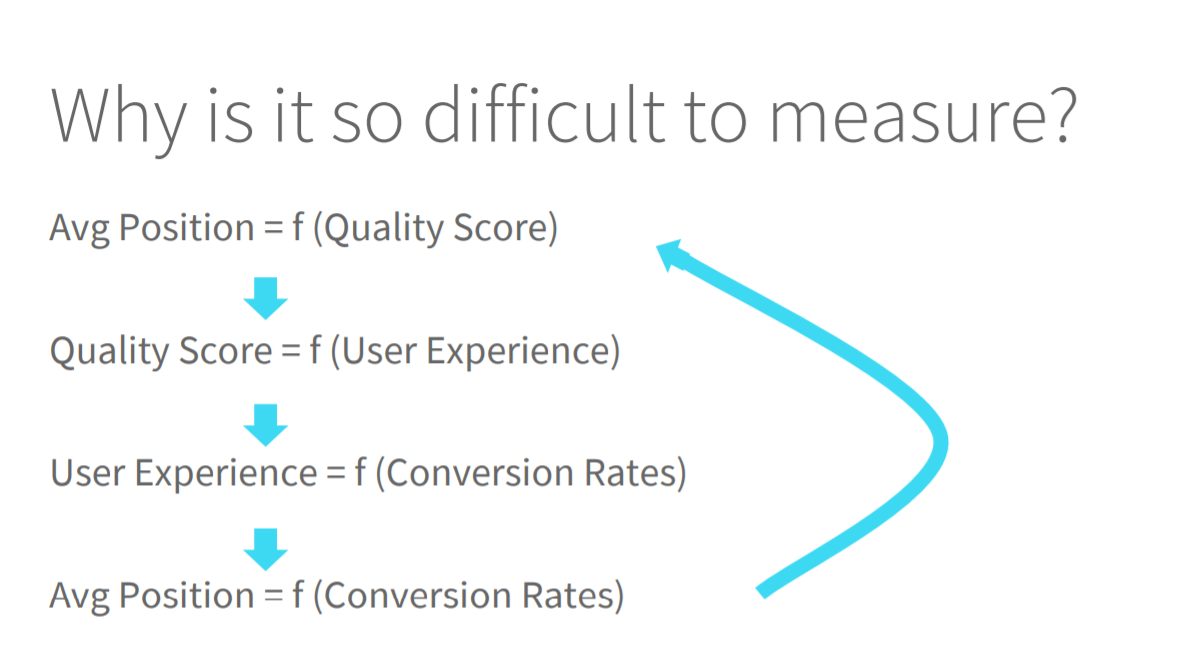
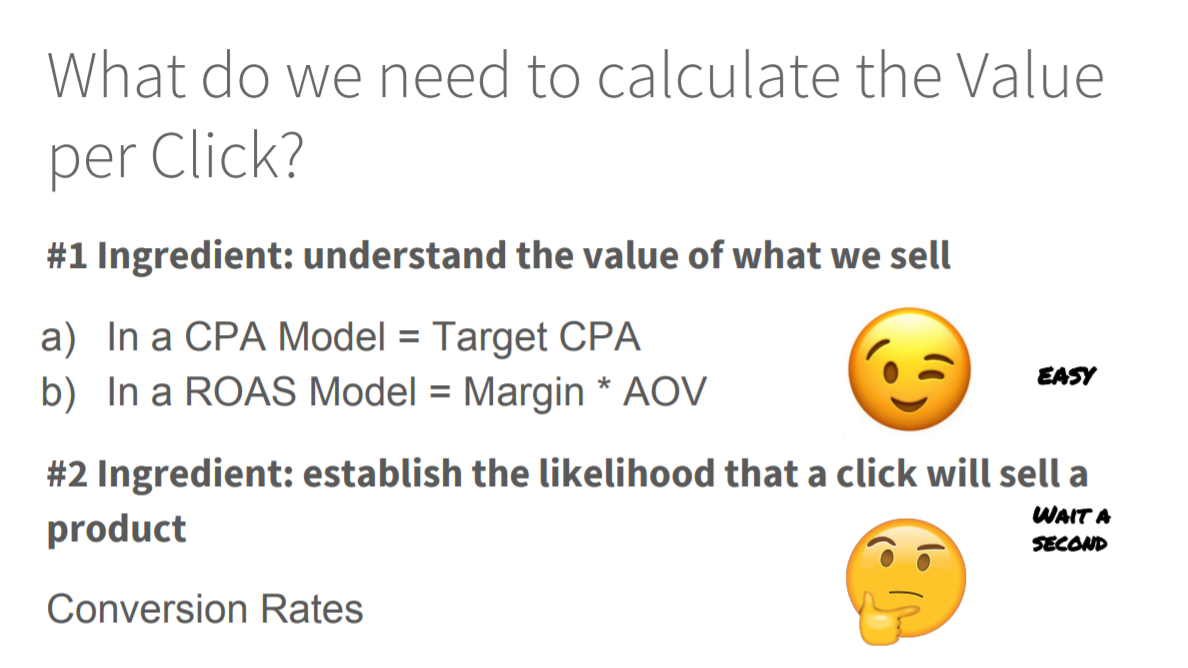
 Gianluca Binelli is the founder of
Gianluca Binelli is the founder of
The problem I’ve always encountered with trying automated bid strategies is seasonality. All my clients have some sort of seasonality to varying degrees. Automated bid strategies have done well for certain months but not for others. I’ve always had greater long-term success with Manual CPC.